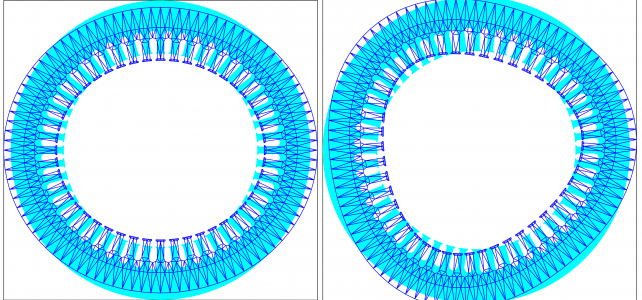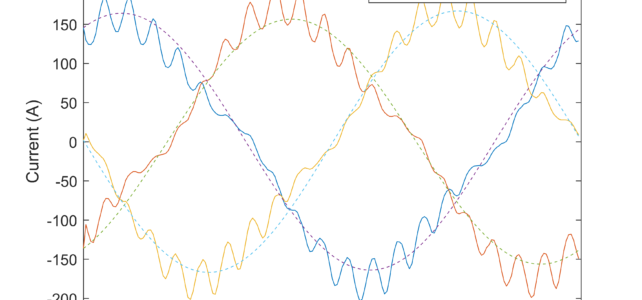No time to waddle through dozens of pages full of mathematics? Here’s how FEA works – the sticky note version! Basic math skills required.

Electric Motor Design, plus stuff

No time to waddle through dozens of pages full of mathematics? Here’s how FEA works – the sticky note version! Basic math skills required.

Lagrange multipliers are a handy way of adding constraints to an FEA problem. Be careful with them, though – or don’t trust your results.

Knowing the torque of an electric motor is kinda important, so it makes sense to double-check your results by using an alternative computation method.

The title says it all. 6 things you might not know about finite element analysis, but should. A bit tongue-in-cheek, but still valid info.

The SMEKlib library (open-source FEA for electrical machines in Matlab) just received a huge update. Here’s a brief rundown, plus associated rambling.

No matter what happened globally, on my personal level 2017 was a great year. Here’s a short rundown of the highlights, and what’s next.

You may have seen the term “second-order finite elements” mentioned once or twice. But what are they really, and where are they used? Read to learn.

When analyzing electrical machines, a course, parametric mesh often outperforms a denser mesh. Here’s why, and some progress updates on the topic.

The magnetic forces in an electrical machine deform it, and the mechanical stresses influence the magnetics. Read more about this interaction here.

Current supply is commonly used in finite element analysis of electrical machines. Almost as commonly, that’s the wrong solution.